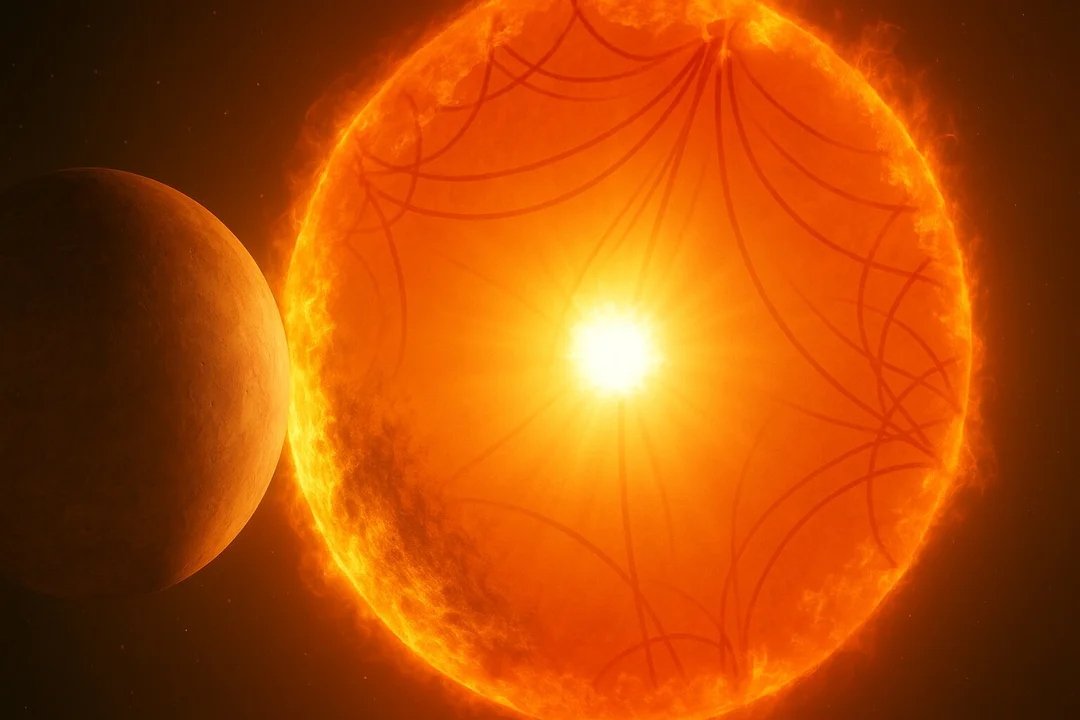
Stellar Serenade: Astronomers ‘Listen’ to Distant Star, Unlocking Age and Size Secrets
Imagine 'listening' to a star – not with your ears, but with sophisticated instruments that detect its subtle vibrations. That's exactly what astronomers did with HD 219134, an orange star 21 light-years away. Their surprising findings, published in The Astrophysical Journal on May 6, 2025, challenge existing stellar models and offer new insights into how stars age and rotate.
The team, utilizing the Keck Planet Finder (KPF) at the W. M. Keck Observatory in Hawaii, employed a technique called asteroseismology. This involves studying the natural frequencies – the 'music' – of stars to understand their internal structure, similar to how geologists study Earth's interior using earthquakes.

"The vibrations of a star are like its unique song," explains lead author Yaguang Li from the University of Hawaii at Manoa. "By listening to those oscillations, we can precisely determine how massive a star is, how large it is, and how old it is."
The researchers collected over 2,000 velocity measurements over four nights, revealing that HD 219134 is about 10.2 billion years old, more than twice the age of our sun. This is significant because it provides a crucial anchor point for understanding how stars slow down their rotation as they age – a process known as 'spin-down'.
"This is like finding a long-lost tuning fork for stellar clocks," Li added. "It gives us a reference point to calibrate how stars spin down over billions of years."
Intriguingly, the study also revealed that HD 219134 is approximately 4% smaller than previously estimated. This discrepancy poses a challenge to current stellar models, suggesting a need for refinement, especially for cooler stars like HD 219134.
Beyond its age and size, HD 219134 is also home to at least five planets, including two super-Earths. The refined measurements of the star's size also allowed for a more accurate assessment of the planets' sizes and densities, confirming their likely Earth-like compositions.
The implications of this research extend to the search for extraterrestrial life. As co-author Daniel Huber notes, "When we find life on another planet, we will want to know how old that life is. Listening to the sounds of its star will tell us the answer."
This breakthrough highlights the power of asteroseismology in unveiling the hidden secrets of stars. By 'listening' to their music, astronomers are gaining valuable insights into their evolution, composition, and even the potential habitability of the planets that orbit them.
What other surprising discoveries might await us as we continue to tune in to the sounds of the universe? Share your thoughts in the comments below!